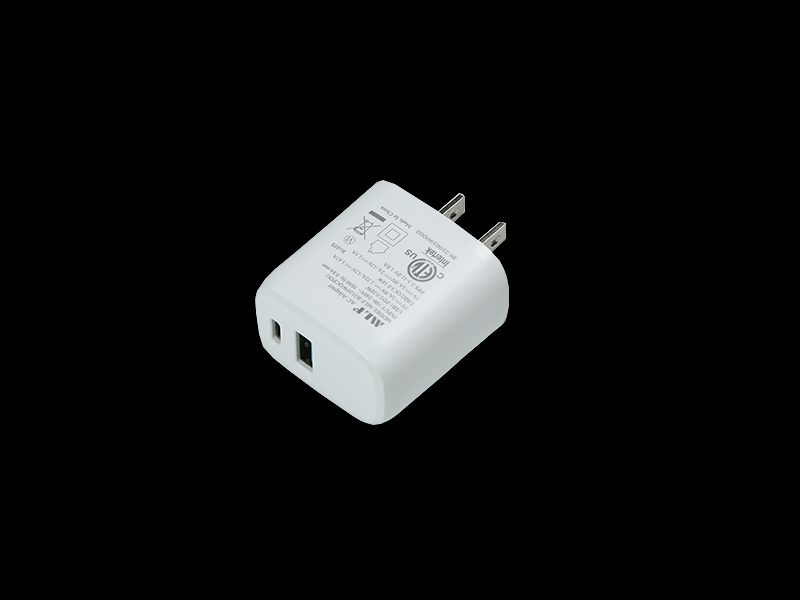What is the process of charging and discharging a battery? Battery charging and discharging process: . When the battery is charged, the lead sulfate on the electrode plate is reduced to pure lead acid and lead dioxide acid, the water in the electrolyte is reduced to sulfuric acid, and a large number of electrons return from the positive plate to the negative plate to form charging current. With the increase of charge amount, the more sulfuric acid in the electrolyte, the higher the electrolyte density, the more fully charged, the higher the electrolyte density. But when all the lead sulfate on the board is converted, the electrolyte reaches its highest density, and if it’s charged, electricity will electrolyze water, producing hydrogen and oxygen, which is why the battery bubbles when it’s charged. The Process Converts External Electrical Energy into chemical energy, which is then stored in the battery. When the battery is discharged, the sulfuric acid reacts with lead and lead dioxide on the positive and negative plates to form lead sulfate and water. In this process, a large number of electrons flow from the negative plate to the positive plate, generating a discharge current. With the increase of water content in the electrolyte, the electrolyte density decreases gradually. The more the discharge, the lower the density of the electrolyte. As the reaction goes on, there are more and more lead sulfate on the plate, the reaction is slower and slower, and the discharge is less and less. When most of the plates are covered with lead sulfate, the reaction basically stops, and then the so-called “Discharge disappears”and the electrolyte density is minimal. The process is to convert the chemical energy of the battery into electrical energy.MAINTENANCE: , the battery charge battery use time is long, will slowly self-discharge, until scrap. Therefore, you should start your car regularly to recharge your batteries. Another method is to pull down the two electrodes on the battery, carefully pulling the positive and negative wires down from the electrodes, first pulling down the negative wires, or removing the connection between the negative wires and the chassis. Then unplug the positive sign (+) at the other end, the battery has a certain life, to a certain time to replace. The electrodes are replaced in the same order, but when the wires are connected in reverse, the positive electrode is connected first, and then the negative electrode is connected. When the ammeter pointer shows that the storage capacity is insufficient, it should be charged in time. The storage capacity of the battery can be reflected in the dashboard. As a temporary measure, you can get another car. You can use the battery in their car to start the car. The negative poles of both batteries are connected to the negative poles, and the positive poles to the positive poles. Electrolyte density should be adjusted according to different regions and seasons. When the electrolyte is lost, distilled or special water should be added. Avoid drinking pure water. Because pure water contains a variety of micronutrients, will have a negative impact on battery life. When the car starts, continuous use of the starter will lead to excessive battery discharge and damage. Proper use is to start the vehicle for no more than 5 seconds at a time and then restart the vehicle every 15 seconds or more. In the case of multiple starts, the starting cause should be found in the circuit, ignition coil or oil circuit.Check the exhaust port of the battery cover every day when you drive. If the holes in the battery cover are plugged, the resulting hydrogen and oxygen can not be discharged. When the electrolyte expands, the battery Shell will be damaged and the battery life will be affected. , check positive and negative batteries for signs of oxidation. You can often pour hot water over the battery wire to connect and clean it with a copper wire brush and spread butter. Check that each part of the circuit is aged or short-circuited. To prevent premature battery retirement due to excessive discharge. Do not cut off the power supply, if the use of a few days to charge idle, easy to reduce the availability of the plate, capacity decline. , regular inspection: regularly measure the voltage of a battery, if a battery voltage below 105V, at this time should seek maintenance station inspection or repair, so as not to damage the other two good batteries. The electric bicycle is designed to carry a load of 75 kg. Avoid carrying heavy objects. Start pedaling up the hill. In winter, as the temperature drops, it’s normal for the battery capacity to drop. The capacity of the battery is 80% of-10 °C, which can keep the surface of the battery clean for a long time. Do not leave your vehicle in the sun when you store it. Park your vehicle in a cool, well-ventilated and dry place. Batteries need to be stored for a long time, they must be fully charged, and they usually need to be recharged every month. Start Up, uphill, overload, against the wind, with the help of pedals, to avoid large current outflow. , Use a special charger. Store in a cool and ventilated place to avoid high temperature and humidity., Do not use organic solvents to clean battery housings. Do not short-circuit the positive and negative batteries to avoid danger. Do not over-discharge: When the dashboard appears red undervoltage display, indicating power into the hungry area, should be timely charging. Don’t overcharge: The charging time should vary depending on the distance traveled. The longer the distance, the longer the charge time, and vice versa. In case of battery pack failure, please send the battery to the manufacturer or the department authorized by the relevant authority for appropriate treatment. Please don’t throw it away, or it will pollute the environment.
